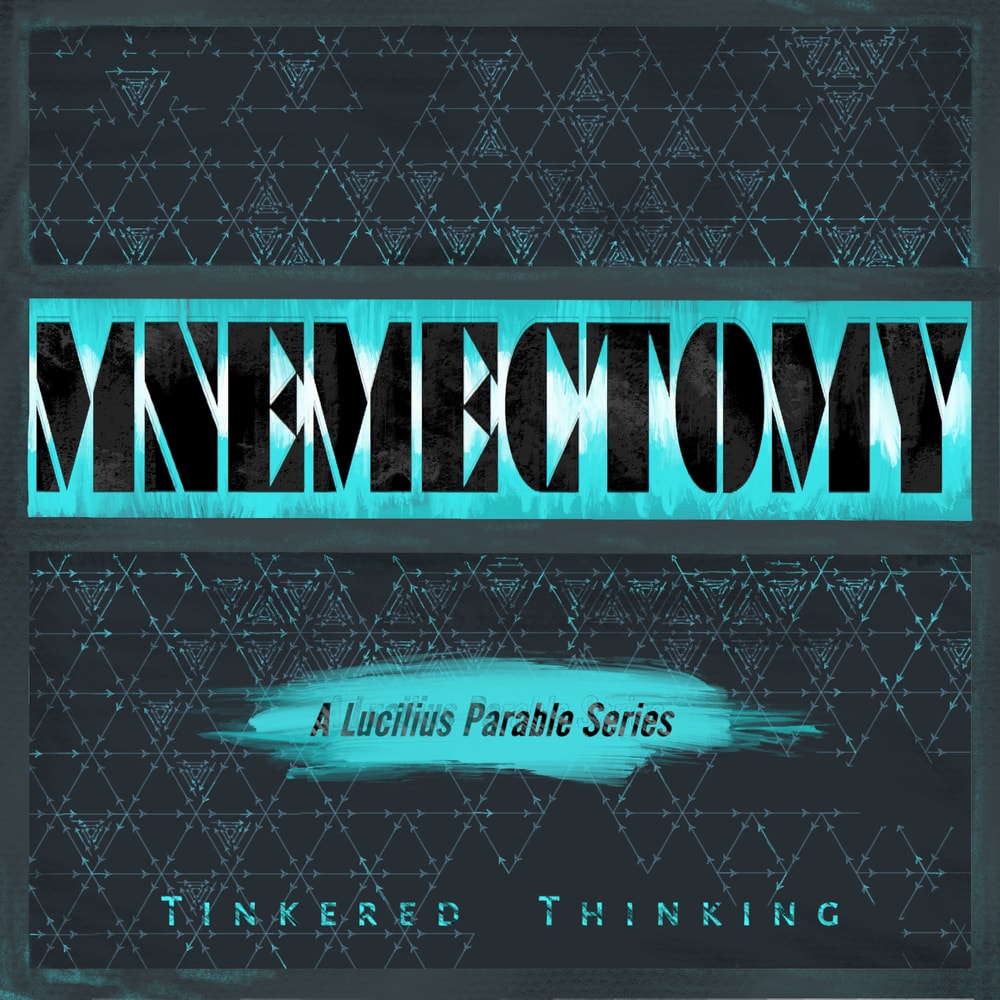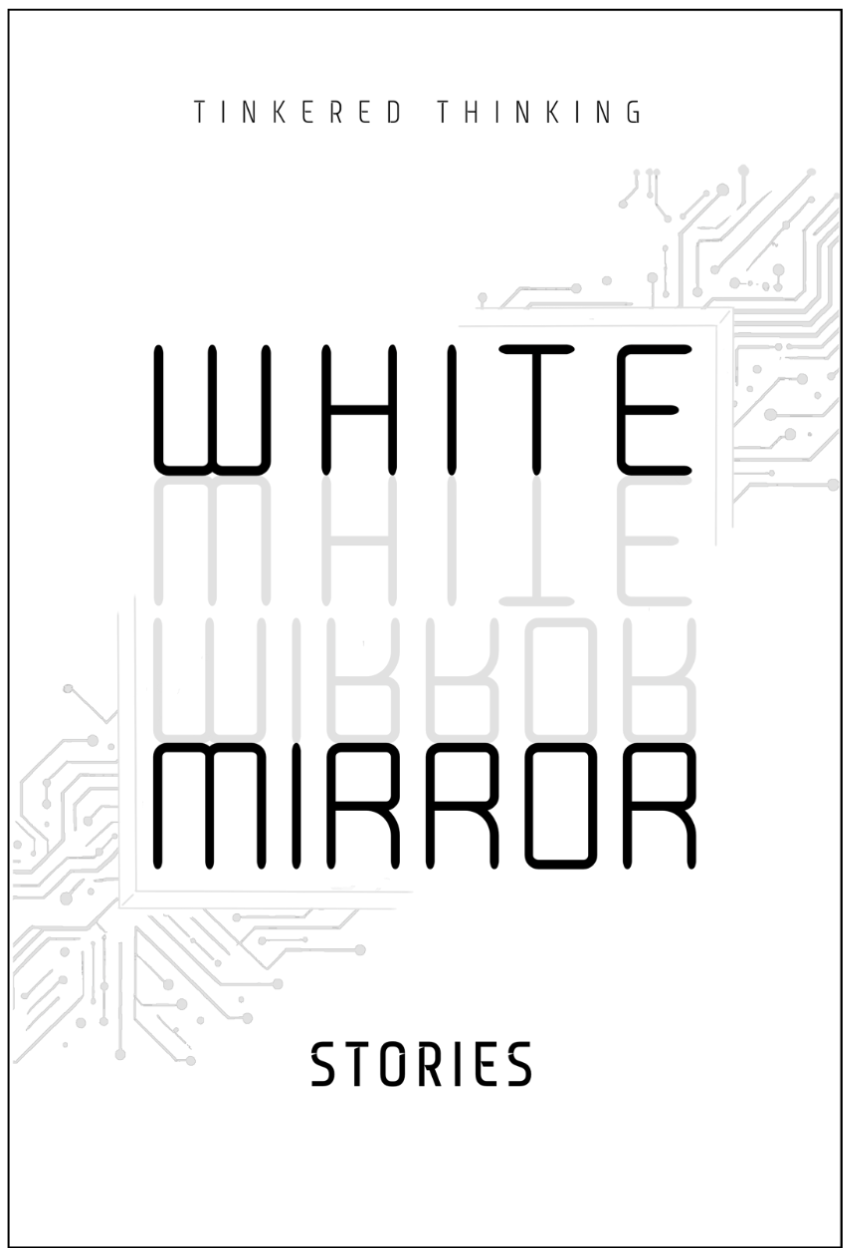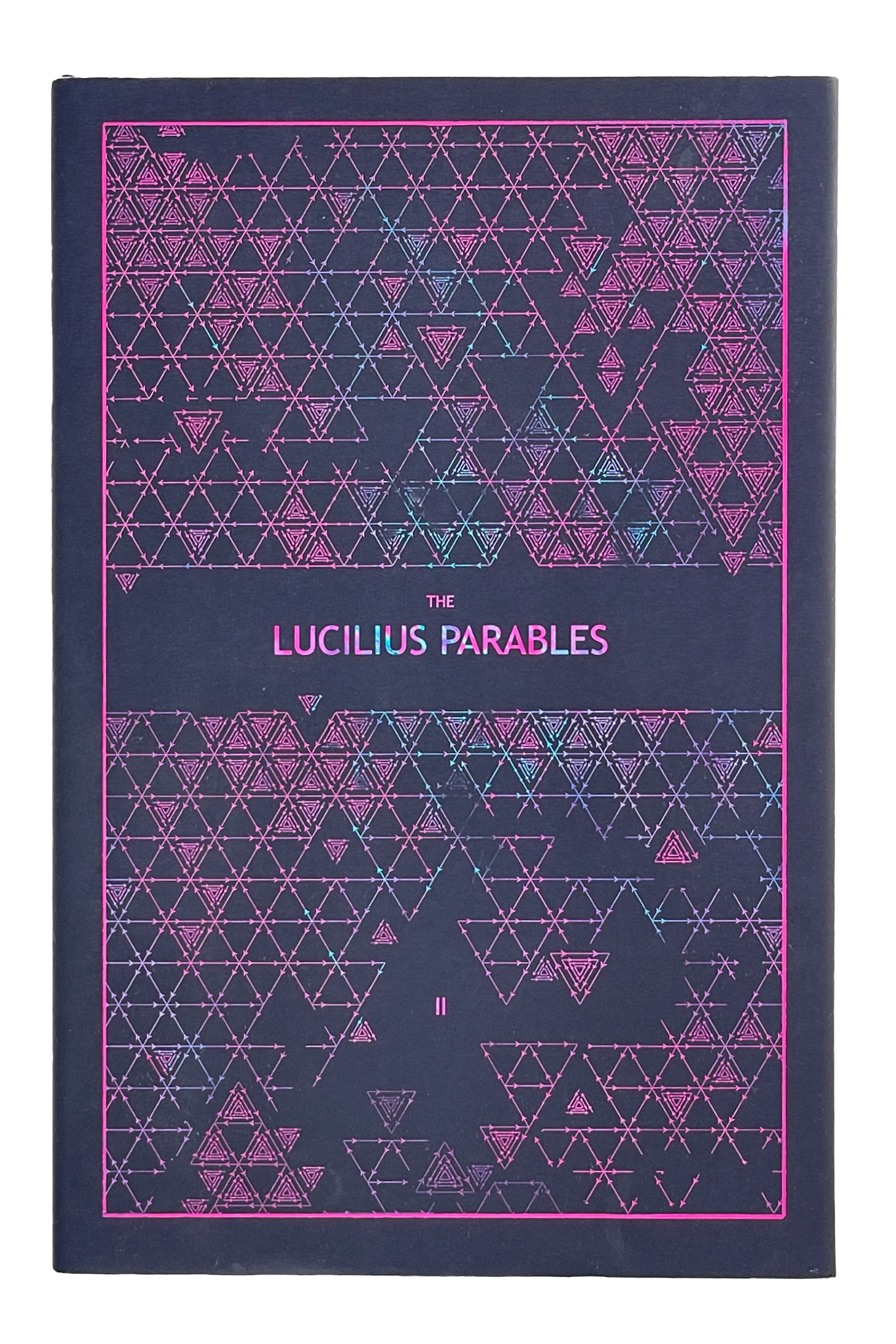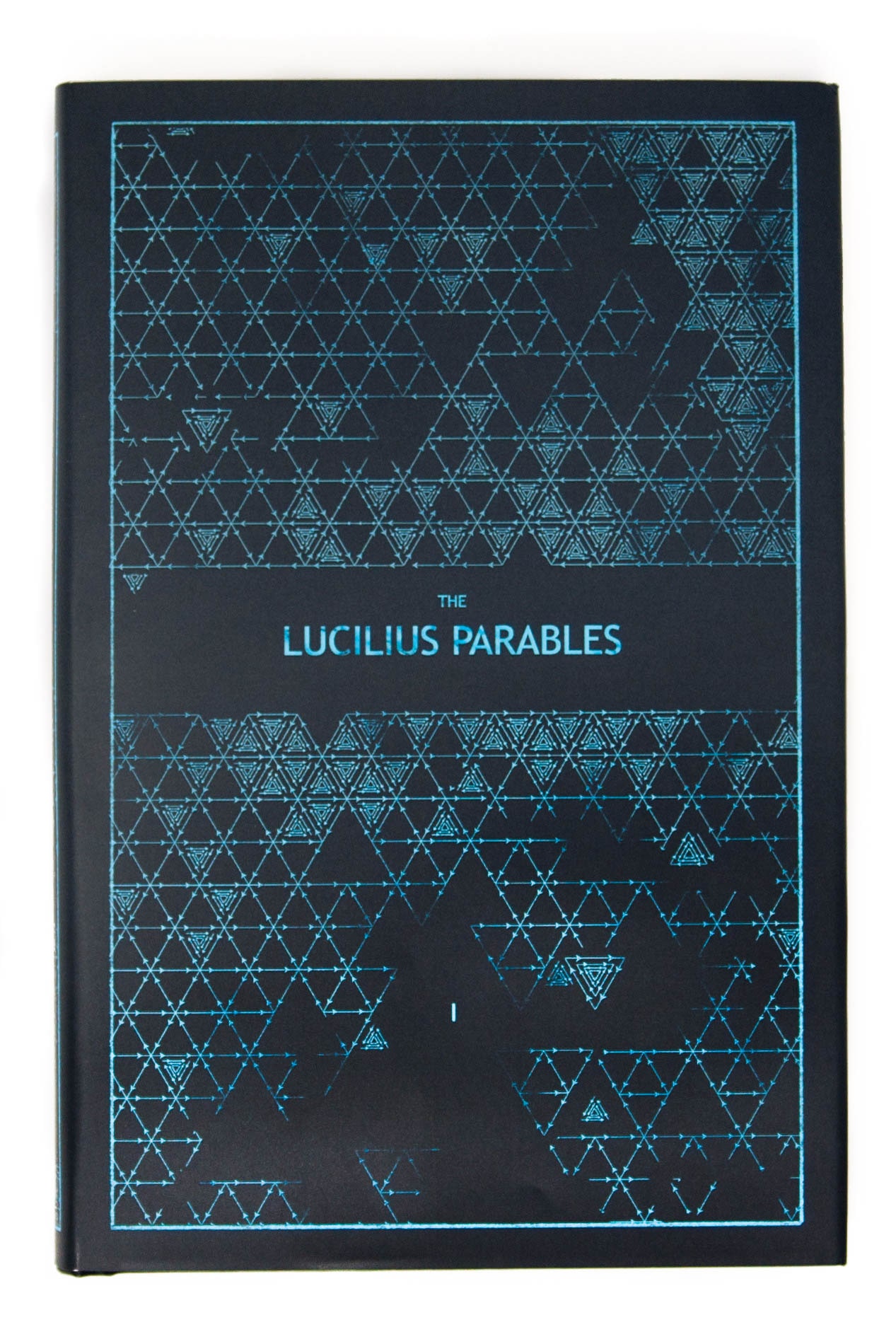Daily, snackable writings to spur changes in thinking.
Building a blueprint for a better brain by tinkering with the code.
subscribe
rss Feeds
SPIN CHESS
A Chess app from Tinkered Thinking featuring a variant of chess that bridges all skill levels!
REPAUSE
A meditation app is forthcoming. Stay Tuned.
THE RIGHT FEELING
June 27th, 2020
Can you distinguish between what feels good and what is right?
Before even trying to answer this question, it’s a worthy exercise to examine the language itself. To understand why, we need only rearrange the wording slightly to see how subtle and potentially problematic the language can be.
Can you distinguish between what feels right and what is good?
as compared with the original question:
Can you distinguish between what feels good and what is right?
The two may seem functionally identical at first sight, but the juxtaposition aides in the exploration of the words in a way that leads to a more fruitful consideration as to what an answer may be. It’s not much of a stretch of the imagination, nor do we require much experience to realize that what feels good isn’t always right, not to mention the rebelliously adolescent notion that things feel even better if they are bad or prohibited in some way. The allure of the unavailable is a braid of desire spun from both curiosity and pleasure. Given this inconvenience of human nature, how can we ever trust an ability to know what’s right when it can slide so far away from what feels good?
Another way to breach the question is to wonder if our experience of something feeling right and feeling good are the same. While we can parse between them, it’s more important to note that we use the two phrases interchangeably. After a meeting everyone can stand up and agree that all feel good about their plans and that they all believe that it’s the right path forward. This conflation is important because it highlights the main trouble: things that don’t seem right might actually be good, and other times that which feels good might not be right. But more importantly, this switch of assessment can apply to the exact same situation, and this happens when we come across a counter-intuitive realization.
What exactly does it mean for something to be counter-intuitive? Intuition refers mainly to emotion, and the way we feel. Something is counter-intuitive when our initial feelings on the subject turn out to be incorrect. We experience a disconnect between reality and the way our feelings attempt to guide our thoughts in order to make sense of that reality. It happens every time we understand something and declare simultaneously, that’s weird. That weirdness is how we experience the change in our mental model as it updates to accurately reflect the world given the new information or realization.
But what happens after we have that weird realization? What happens once time has past and we are comfortable with the information, idea, or the realization? Does it still feel weird? Or do we gain an ability to intuit the counter-intuitive? This switch in our feelings is, potentially, at the core of the conflation between what feels good and what feels right. Just as we can come to realize that what feels good can turn out to be bad or incorrect, we can also come to see that what doesn’t feel immediately good is actually right. Eventually, once the notion of what is ‘right’ has settled in, it’s possible to associate a new feeling, a good feeling, with what we know is right.
This promiscuity of feeling among ideas, concepts, and practices is both our downfall as a people trying to get along, and the core of our creativity. What it means is that two people can grow to have completely opposing feelings about some mundane neutral fact. It also means that we have the ability to entertain novel combinations of ideas, and this is a parent of innovation.
What is right shifts depending on which metrics you use to answer the question. What feels good also shifts depending on your experience and what thoughts and realization inform and interpret that experience. When all is accounted for, the realms of good and right are both shifting planes that alter the movement and scope of each other. Not only is this happening on an individual level, but also on the level between people. It’s as though each and everyone of us is a two sided rubix cube that is rearranging itself in an attempt to figure out what is right based on a fickle notion of what feels good, and society is a collection of these puzzles, each of us poking and prodding at other people’s notions of what is right and what should feel good. If this sounds like a roiling, turbulent lake that you’d never be able to skate on, then perhaps it’s no surprise that our news cycles, and our social media feeds are the same. Is it any wonder that such distilled versions of our lack of alignment on a mass scale don’t make us feel good? Of course, it’s yet to be realized whether or not it’s the right way forward, regardless of how we feel right now.
-compressed.jpg)





